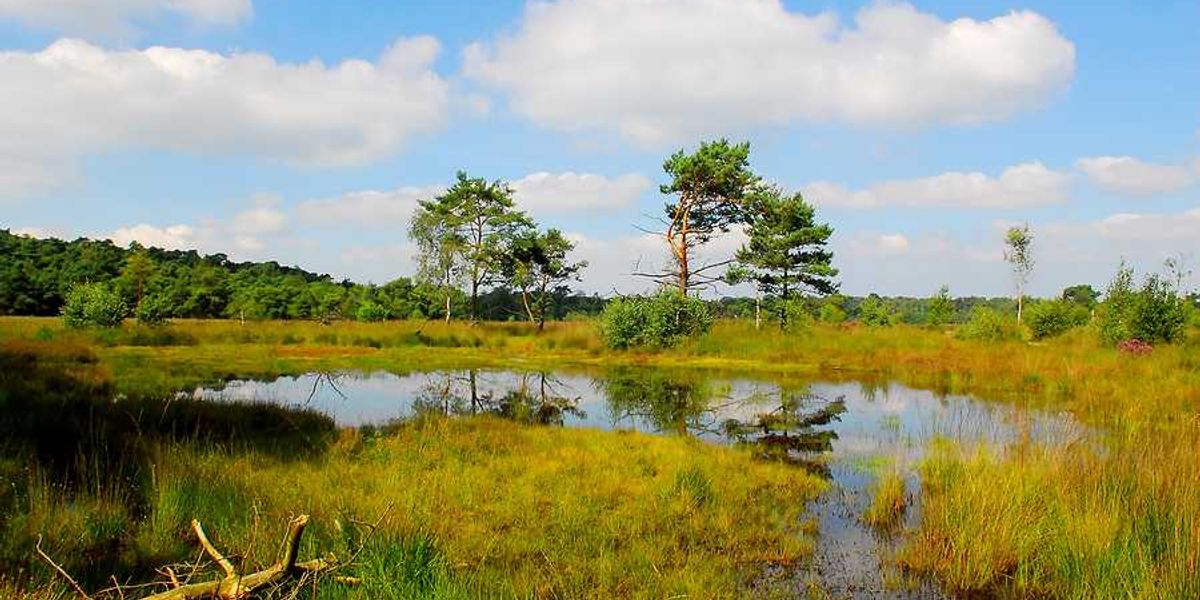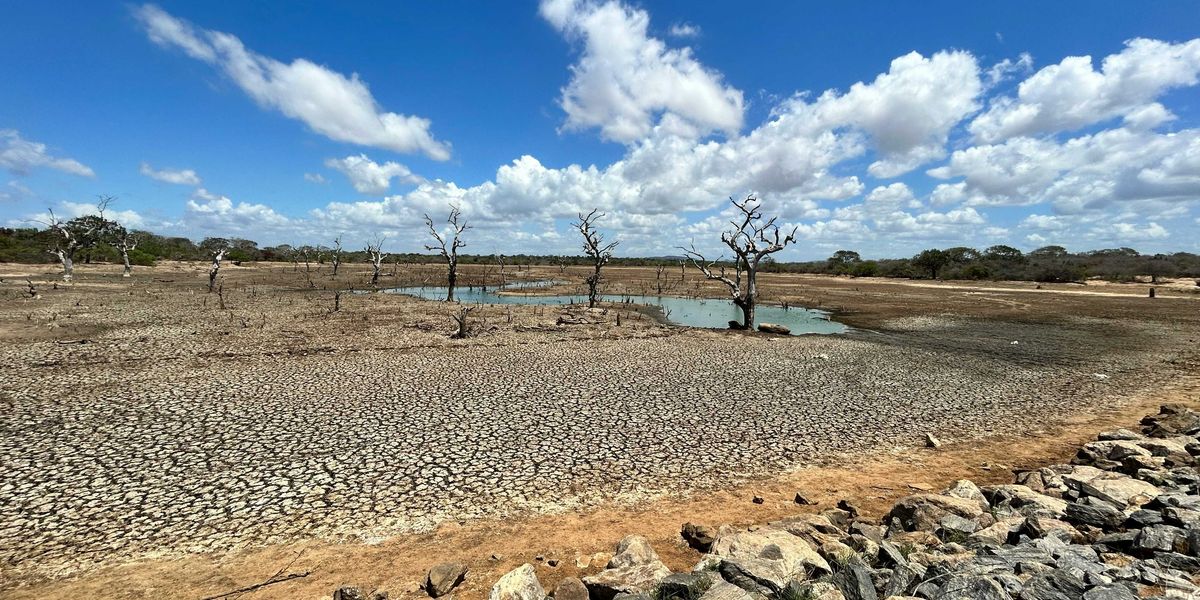Wind energy boom in Colombia divides Indigenous communities and developers
As Colombia races to expand renewable energy through wind farms in La Guajira, tensions grow between Indigenous Wayuu communities and the companies building on their ancestral land.
Catherine Ellis reports for BBC.
In short:
- Colombia’s La Guajira region, home to the Wayuu people, is the focus of a national wind energy expansion, with 15 wind farms under construction and more planned.
- While some communities have gained infrastructure and income from the projects, others cite spiritual disruption, poor consultation, and mismanaged benefits, leading to internal divisions and protests.
- Energy firms and researchers warn of rising social conflict and a lack of legal frameworks to address the environmental and cultural consequences of the green energy transition.
Key quote:
"At night, the noise from the turbines disturbs our dreams. For us, dreams are sacred."
— José Luis Iguarán, Wayuu community member
Why this matters:
The global push for renewable energy has often overlooked the specific needs and rights of Indigenous populations whose lands are rich in wind, sun, or minerals. In Colombia’s La Guajira, the Wayuu people face a double burden: environmental change driven by climate goals, and cultural dislocation caused by megaprojects that rarely deliver local electricity or economic control. Though these wind farms promise clean power for cities, they can fracture rural communities and disrupt deeply held spiritual beliefs, especially when developers fail to consult or share benefits equitably. As more countries embrace green energy, La Guajira offers a cautionary tale: Even the cleanest projects can produce harm when they ignore the people who live on the land.
Related: Colombia’s wind energy expansion clashes with Indigenous Wayuu concerns













